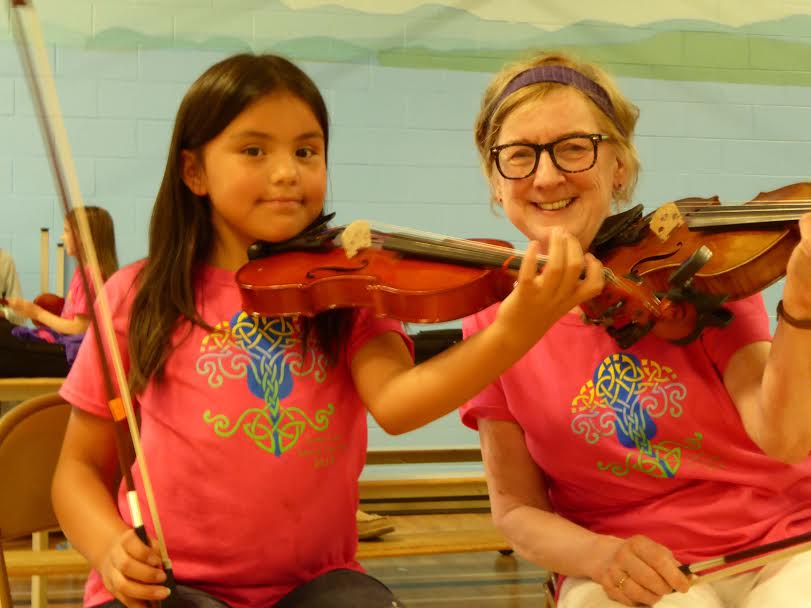This guest post is by Marion Crook, an adoptive parent and author
Permanency is the new word in the air around adoption.
Recently I had the pleasure to attend the North American Council on Adoptable Children Conference where I learned more about this concept from the guru of permanency himself, Adam Pertman.
Pertman is the author of Adoption Nation and the president and founder of the National Center for Adoption and Permanency.
In his session, entitled “Reshaping Adoption for the 21st Century: Progressing from Child Placement to Family Success,” Pertman challenged us to consider what is a permanent family and what can we do to help families become successful.
When I adopted my sons I thought that placement in my home meant they would be comfortable in the family.
It was soon clear that it takes more than placement to make a family. It takes planning, work, and some sacrifice.
Most of us who adopt expect that we are creating a permanent home and work hard to make that successful.
I had looked at family from my point of view as an adoptive mother and at my family unit without reference to anyone else.
However, Pertman looks at permanency and success from the point of view of the child and his or her relationship with society.
Placing a child in family home is just the first step, he says. We must ensure that adoptive families are permanent and successful and so serve the child.
He would like to see our laws and policies focus on the ways in which all agencies can assist families to provide a successful environment.
Ensuring success would mean that education, support training, and services came with the child.
We can’t simply assume families are going to be successful if they adopt or foster a child; we must do more to ensure the probability is high.
He urges us to look at our social systems to find more ways to create permanency.
There are more homes for consideration than adoptive homes. There are also foster homes and homes of kin. What help is available to adoptive parents, foster parents and kin of these children?
If we want to increase the probability that the families will be successful in raising these children, our social systems should offer support.
When we are frantically busy with our family, running from scouts to band to soccer and trying to stay on top of homework, dentist appointments, and music lessons, it is hard to push our vision beyond the boundaries of our own family and look into the community.
But we need to establish a vision of community support for youth and establish resources and activities that boost that vision and contribute to more successful families and therefore, more permanent families.
We know it takes a village to raise a child. But we have, in some areas, lost that concept in our dogged perusal of individual family concerns.
I take from Pertman’s work the idea that we must be conscious that we, as a society, are moving together and that we need to create bonds and resources that increase the probability of family permanence.
Marion Crook, PhD, nurse, educator, and adoptive mother, is the author of The Face in the Mirror: Teenagers and Adoption and twenty-five other books, both fiction and nonfiction. Her current book, Thicker Than Blood: Adoptive Parenting in the Modern World is due to be published in spring 2016 with Arsenal Pulp Press.
Do you have an adoption story? Share it and inspire others.
Help us remove the stigma around adoption. Like us on Facebook.

